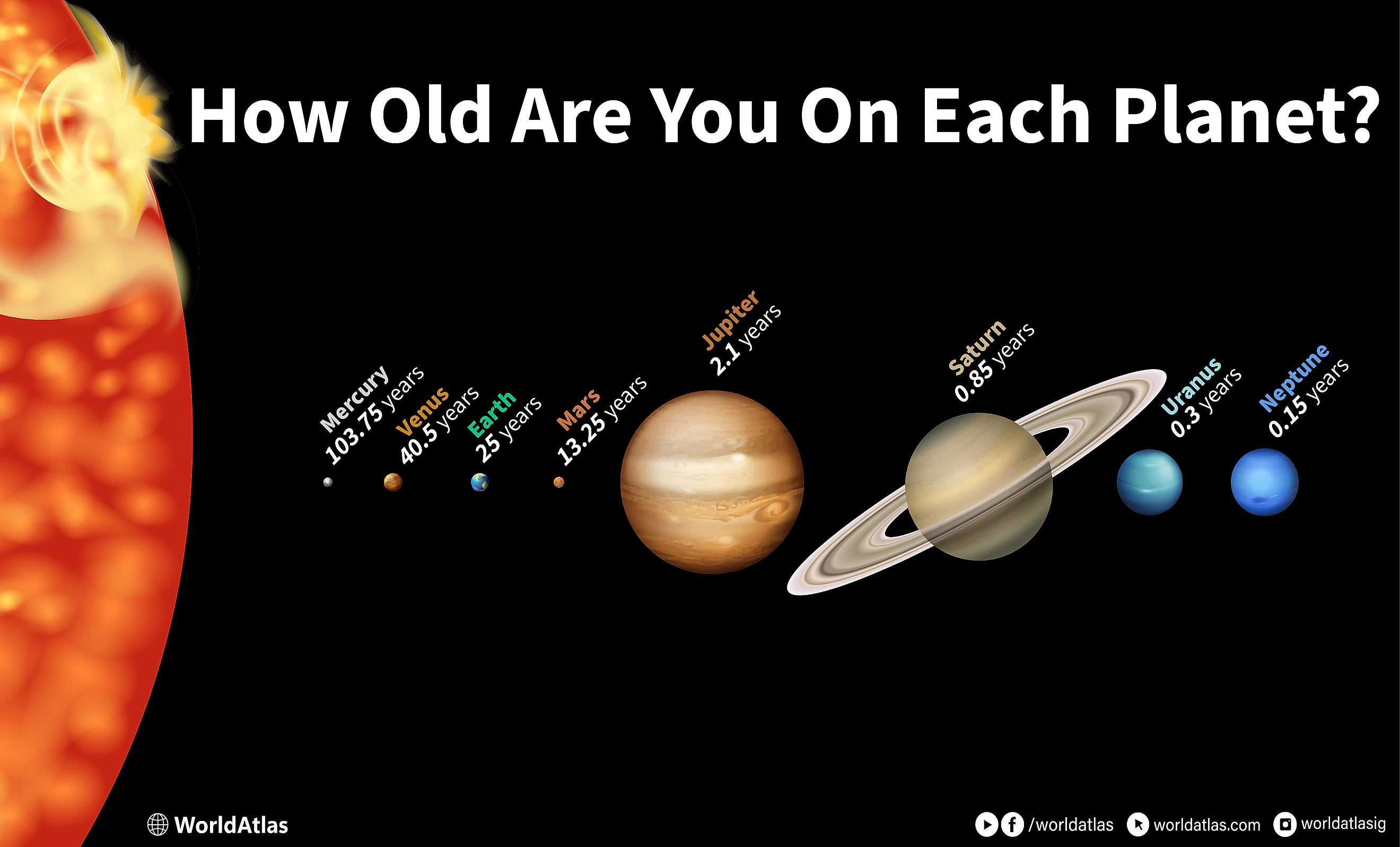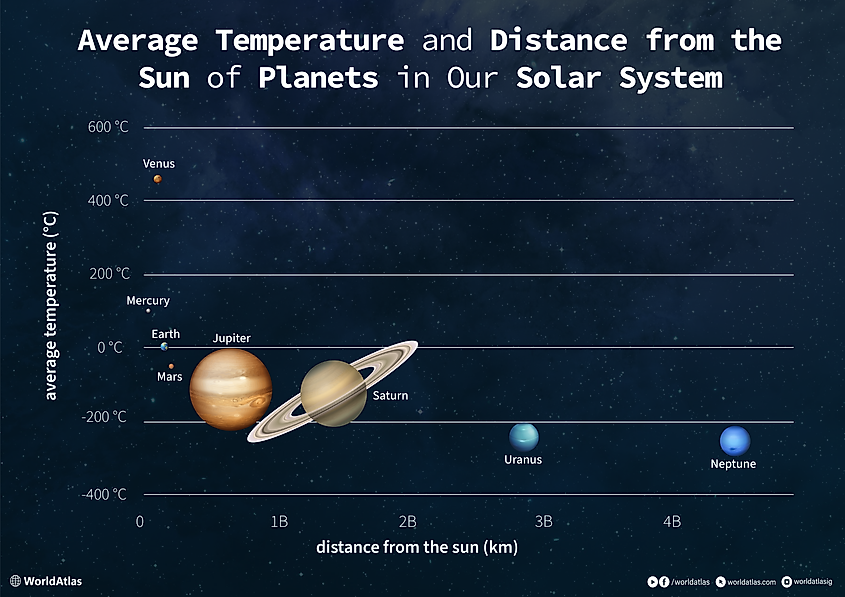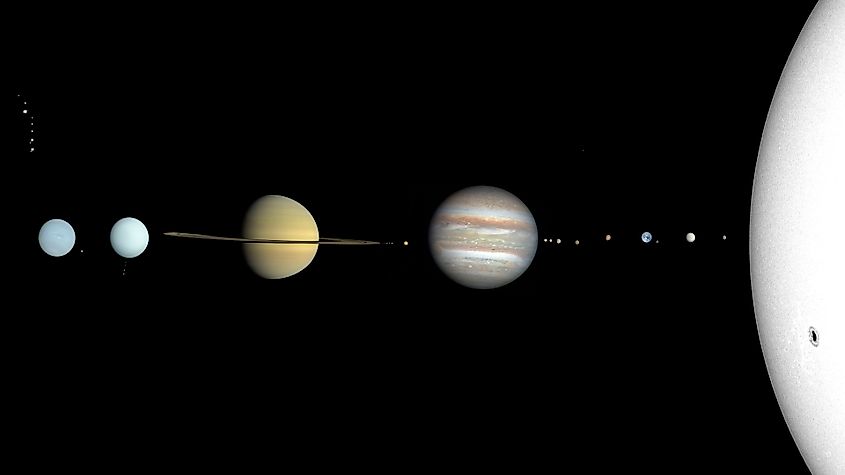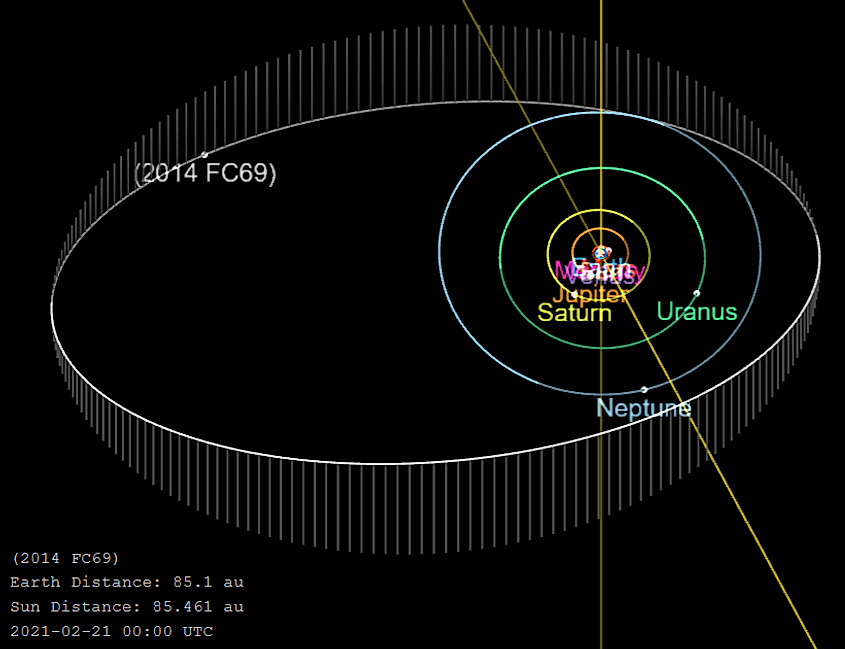
How Old Are You On Each Planet?
We refer to age on Earth in years, with a year being the time it takes Earth to complete a revolution around the sun. In other words, age can be defined as the number of complete orbits that Earth has made around the Sun during a person's lifetime.
The length of a year on a planet depends on its distance from the Sun—the farther a planet is, the longer its orbit takes. Consequently, the concept of age, measured in years, differs across planets in our Solar System. In this article, we explore these differences and study the nuances that give rise to them, as well as discover how that affects age as we know it.
Age on Different Planets

There are many ways that age, and more generally aging, can be affected by gravitational forces.
The first one is the living conditions of that planet. The atmosphere could contain noxious gases that lead to faster aging than the pleasant one of the Earth. It might also affect the way in which our cells mutate, causing faster or slower aging. Given the vastness of the universe, we can imagine many conditions that affect the way we age. cellular age
The second way is more subtle, and it has to do with Einstein's revolutionary theory of relativity. Einstein promoted time from a background quantity, as it was in Newton's mechanics, to a full-fledged dimension on par with space. This gave rise to the notion of spacetime. Just as space can appear distorted if we travel at high velocities, even time itself can stretch. Two ways that dimensions are allowed to get distorted in general relativity are by traveling near the speed of light and traveling near a heavy object whose gravitational force molds the spacetime around it. The higher the speed or the heavier the object, the slower time passes. Since we gauge aging through the passage of time, it seems that these effects also affect how fast we age.
In this article, we are interested in a more simplified estimate of how old we would be if we lived on the different planets of the solar system. We always compare to Earth years. If one planet revolves one time around the Sun when the Earth completes two, then our human age is halved on that planet. We can tabulate the orbital period of the eight planets and Pluto and provide the conversion rate from human years to years on that planet.
The Orbital Period and Age Conversion Factor for Each Planet Compare to Earth
| Planet | The orbital period in Earth years | Age conversion factor |
| Mercury | 0.24 | 4.15 |
| Venus | 0.62 | 1.62 |
| Earth | 1 | 1 |
| Mars | 1.88 | 0.53 |
| Jupiter | 11.86 | 0.084 |
| Saturn | 29.46 | 0.034 |
| Uranus | 84 | 0.012 |
| Neptune | 164.8 | 0.006 |
| Pluto | 248 | 0.004 |
The way we use the above table is: say we have a one-year-old baby on Earth. We want to figure out how old they would be on Mercury, the closest planet to the Sun, and Neptune, the farthest one. Then, we multiply one year by 4.15 for Mercury, which gives 4.15 years, and by 0.006 years for Neptune. Since an Earth year is 365.25 days, this means that the one-year-old baby would have been 1,515 days or a toddler on Mercury and only two days on Neptune! Using the above table, you can figure out how old you would be on the different planets of our solar system.
The Eight Planets and the Outlier

The motion of the celestial objects is of interest to all of us. If the revolution of the Earth were any different, say it was farther away from the Sun, then the conditions of living on our planet would drastically change, and the world would be much colder! Depending on the difference, life might not have begun.
The solar system we call our home is a gravitationally bound system of masses residing in the Milky Way galaxy. Newton was able to predict the motion of the planets from basic principles governing the gravitational force. He showed that objects like planets and comets orbit heavier objects like the Sun. This was built upon Kepler's laws arising from observation governing the period and the distance from the object to the heavier one. Approximately, the orbits of our planets take the shape of an ellipse, which looks like a squashed circle.
Solar systems are comprised of a heavy celestial body, the Sun in our case, and heavier planets. Our solar system is composed of eight different planets which we organize in terms of their distance to the sun in the following table:
The Distance of Each Planet (and Pluto) from the Sun
| Planet | Distance from the Sun in millions of kilometers |
| Mercury | 57.9 |
| Venus | 108.2 |
| Earth | 149.6 |
| Mars | 227.9 |
| Jupiter | 778.3 |
| Saturn | 1,429.4 |
| Uranus | 2,870.9 |
| Neptune | 4,498.3 |
| Pluto | 5,906.4 |
While Pluto was demoted from planet to dwarf planet in 2006, we include its distance for completeness as it is the heaviest known object that lies in the Edgeworth-Kuiper belt.
The Planetary Orbits

Newton showed that gravity gets weaker as the distance between the two masses increases. The farther away they are, the less they attract each other. Thus, the orbits of the planets are heavily influenced by their distances to the most massive object in the solar system: the Sun. If a planet is close to the Sun, like Mercury, then it latches on to it and undergoes an almost circular orbit. The gravitational energy fuels the kinetic energy of the planet, which forces it to circle the Sun faster.
When compared to a planet that is farther away, like Earth, then the time it takes for Mercury to undergo a complete revolution around the Sun is much shorter than that of the Earth. In human years, we know that the Earth goes through a full revolution around the Sun in 365.25 days or in other words, what we call an Earth year. Given that Mercury or any other planet in the solar system has different distances to the Sun and so different orbital velocities than Earth, the period of the other planets changes. When compared to Earth, it must be the case that the notion of what we call a year is different for each planet.











